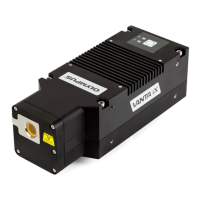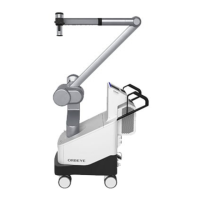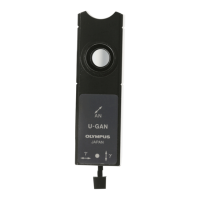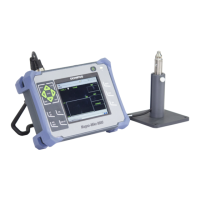10-019116-01EN, Rev. 2, January 2021
Appendix C66
— Each sample is determined to be one of seven possible base alloys (Table 13
on page 66).
— The analyzer applies the residual grade/base-specific residual limits from the
matching residual grade.
2. These residual or “alloy-base-specific” limits are applied when an element is
detected in a specific grade.
— But, the nearest grade match has no specification for that element, and;
— The concentration of the sample is less than the max limit specified by the
matching residual grade.
3. When the conditions for step 2 are met, the element reported on the Vanta iX
screen:
— Is labeled as a residual material in the grade comparison table
— The grade match; however, is not penalized.
Practical advantages of the Residuals settings approach
• Faster sorting
• Fewer ambiguous or incorrect matches
• Improved grade library integrity
• Prominent labeling of residual elements
Table 13 Residuals settings base alloys
Alloy base Common residual elements
_AlAlloyBase Pb, Bi, Sn, Fe, Cu, and Zn.
_CoAlloyBase Al, Ti, V, Cu, Nb, Ta, and Zr.
_CuAlloyBase S, As, Ag, Sb, and Sn; not as common Pb, Co, and Ni.
_FeAlloyBase V, Co, Cu, Ni, and As; sometimes Si, W, and Nb.
_GenericAlloyBase V, Co, Cu, Ni, and As; sometimes Si, W, and Nb.
_NiAlloyBase V, Co, W, Zr, and Nb; sometimes Ta, Mo, Cr, and Cu.
_TiAlloyBase Fe is common; Cu and Si show up at low levels.

